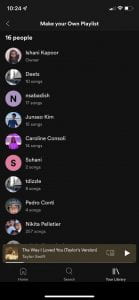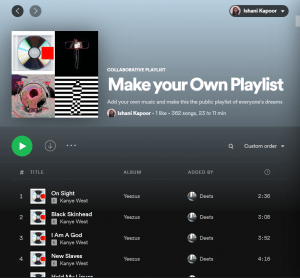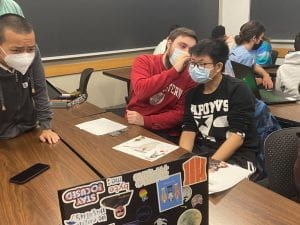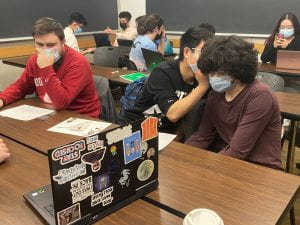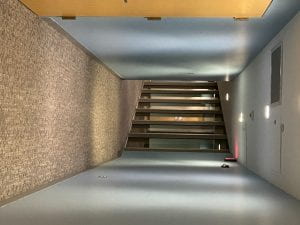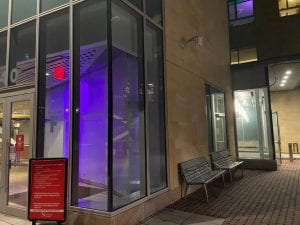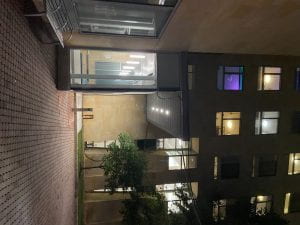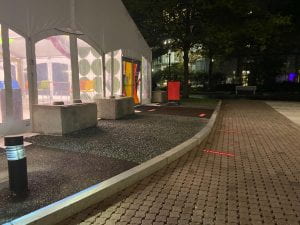The initial idea for this game began with the game Depression Quest on Twine. I remember playing it and thinking it was insanely sad but somehow insightful into the life of people who struggle with chronic depression. I was trying to make choices I would make in real life, in the game. But the game had other plans and followed its own separate path. I also tried to think of things I most struggle with in my day-to-day life. I then decided I wanted to make a game on Anxiety on Twine. This game is thus an appropriation!
There was also part of the Reading Works of Game that really resonated with me: “Central to this type of work is ambiguity— of function or purpose, of operation, and of the role the objects play in our lives. 15 While these ideas may be familiar to artists, they are uncomfortable for most designers. With games, however, ambiguity is already a large part of the design process. The design of the system of a game-defining its actions and goals, creating the tone of the overall experience, and so on— shapes the space of possibility within which players complete the game through their play. Design-wise, the designed space of possibility leaves itself open to exploration and interpretation, which by its nature results in uncertain outcomes. The play experience cannot be known until the game is played. And even then, players are left to make sense of and determine their own intentions and the meaning of their experiences.” It felt absolutely crucial to make a game that was uncertain in outcomes, which is why I made a story based choice game on Twine!
The first iteration of the game was just different choices and not much description in the story! The feedback I got this round was that while the message of the game came across, it would be funny to use humour to add a light aspect to the game. Initially, I was apprehensive. The point of the game was to be hard and dark but on thinking and playing through it more, I wanted a side funny story!
The final prototype had three different story endings!
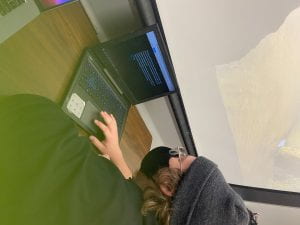
I’ve also attached the link to the game on Canvas since the link is HTML style and can’t add it onto here!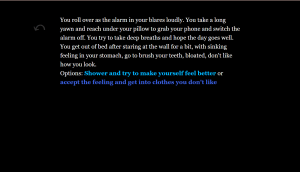
Sharp, John. Works of Game : On the Aesthetics of Games and Art, MIT Press, 2015. ProQuest Ebook Central, http://ebookcentral.proquest.com/lib/northeastern-ebooks/detail.action?docID=3339955.


